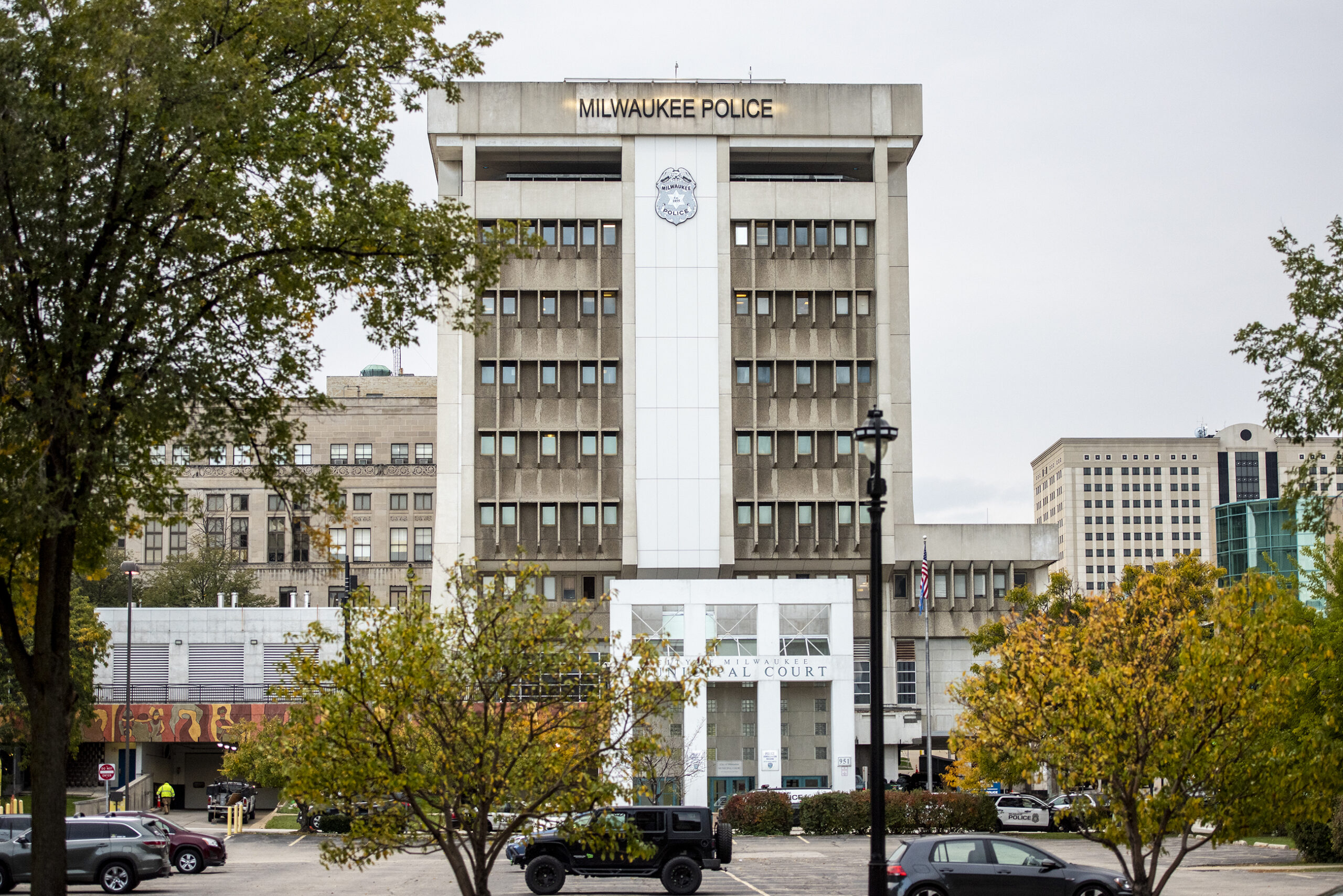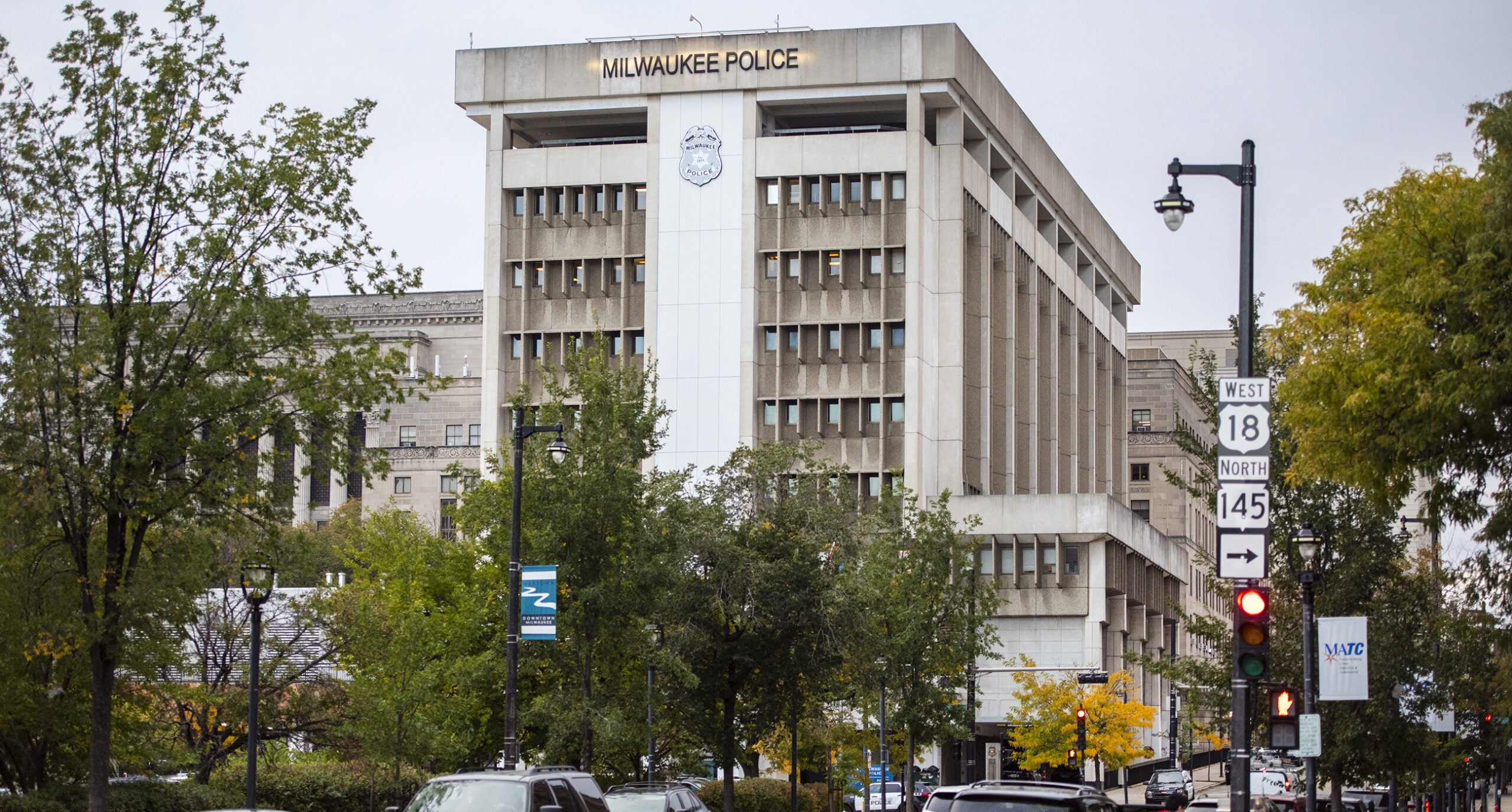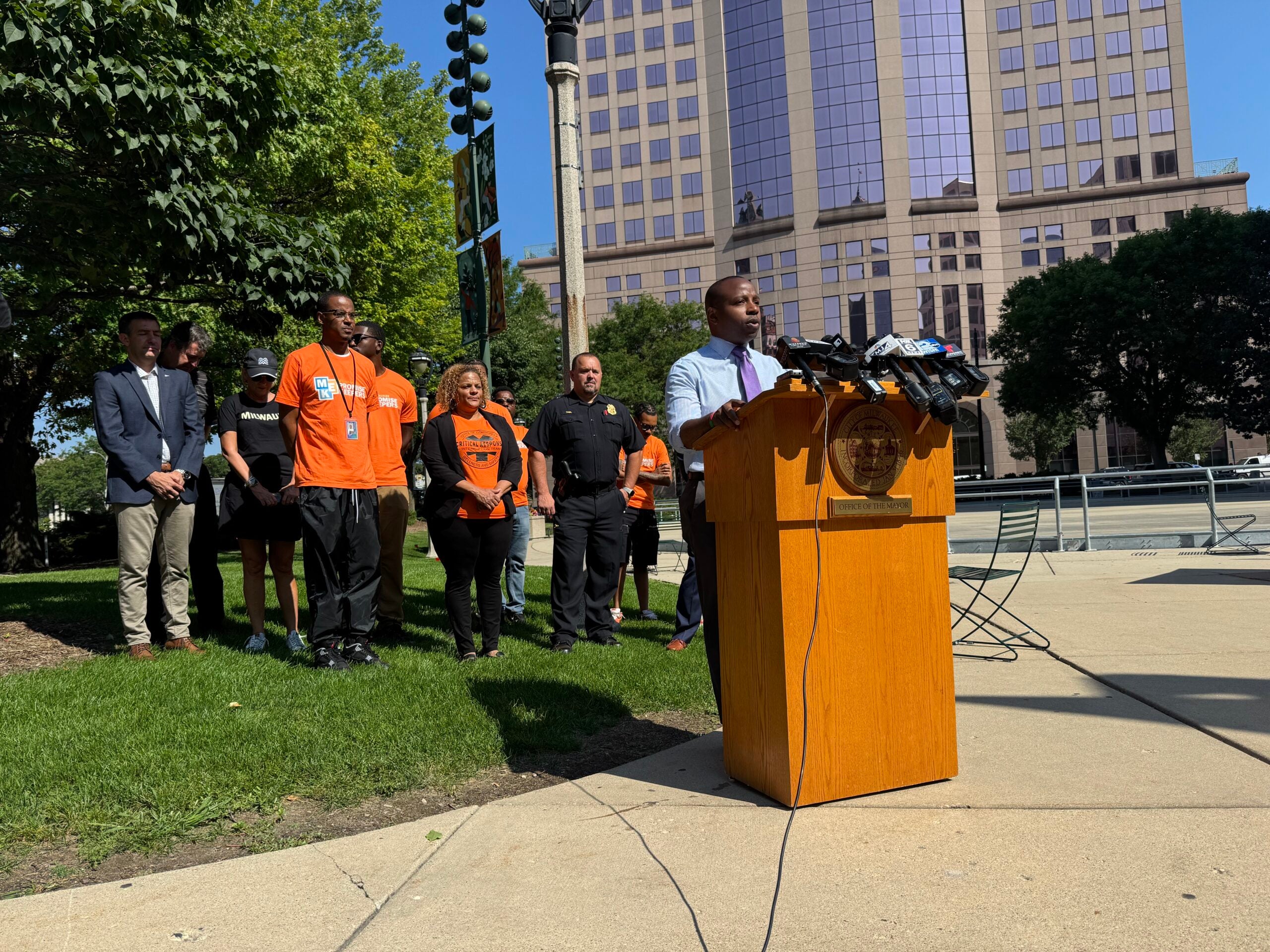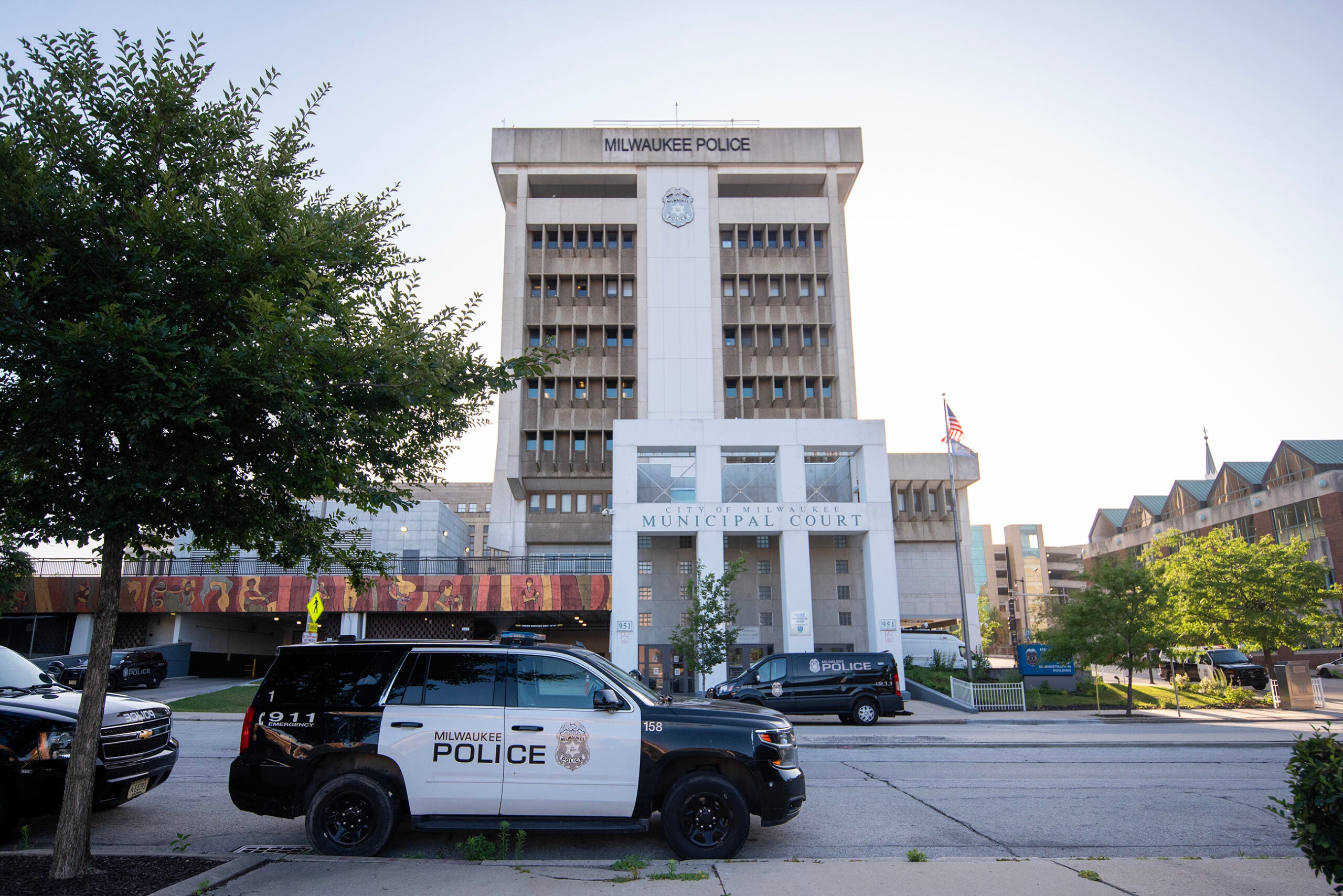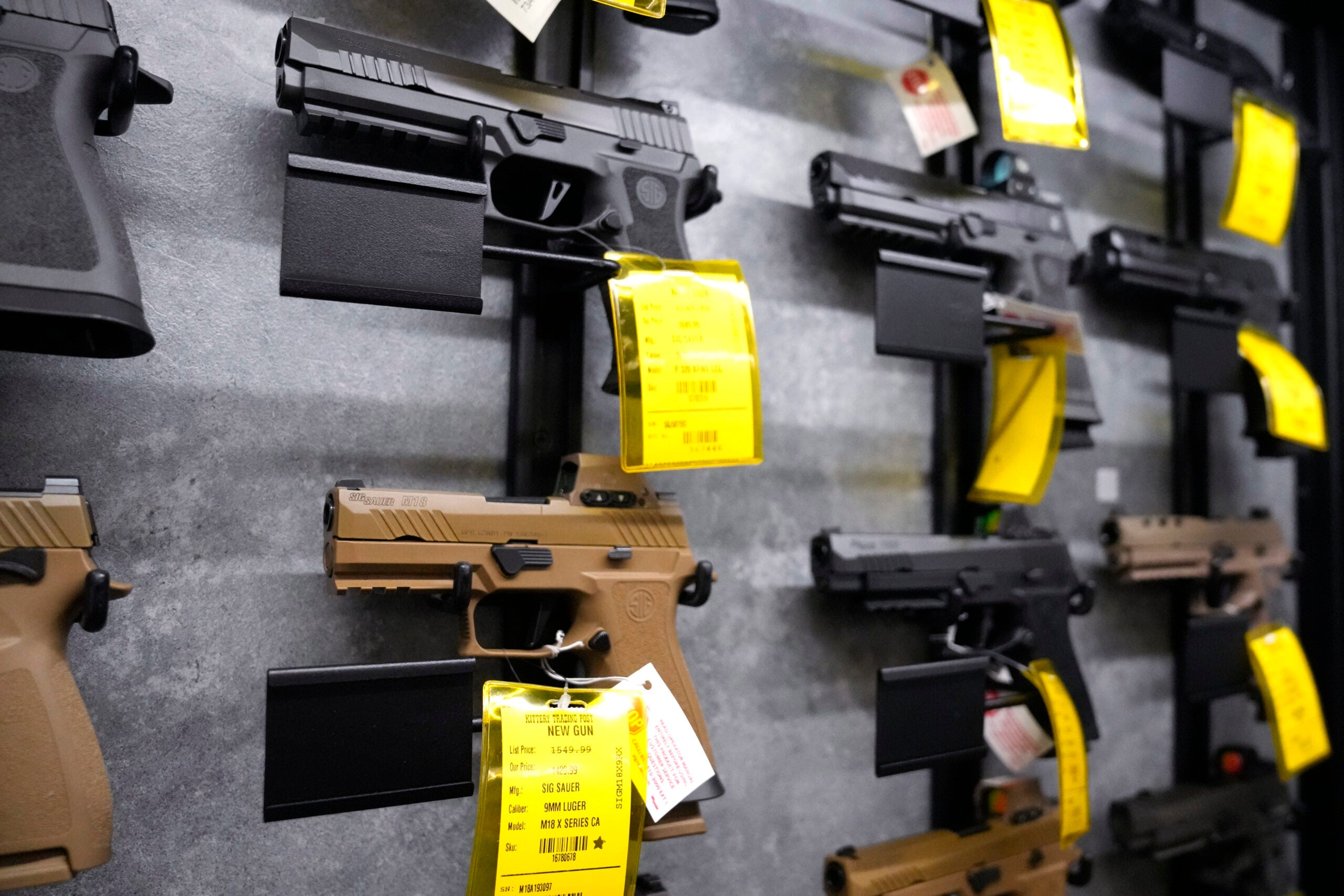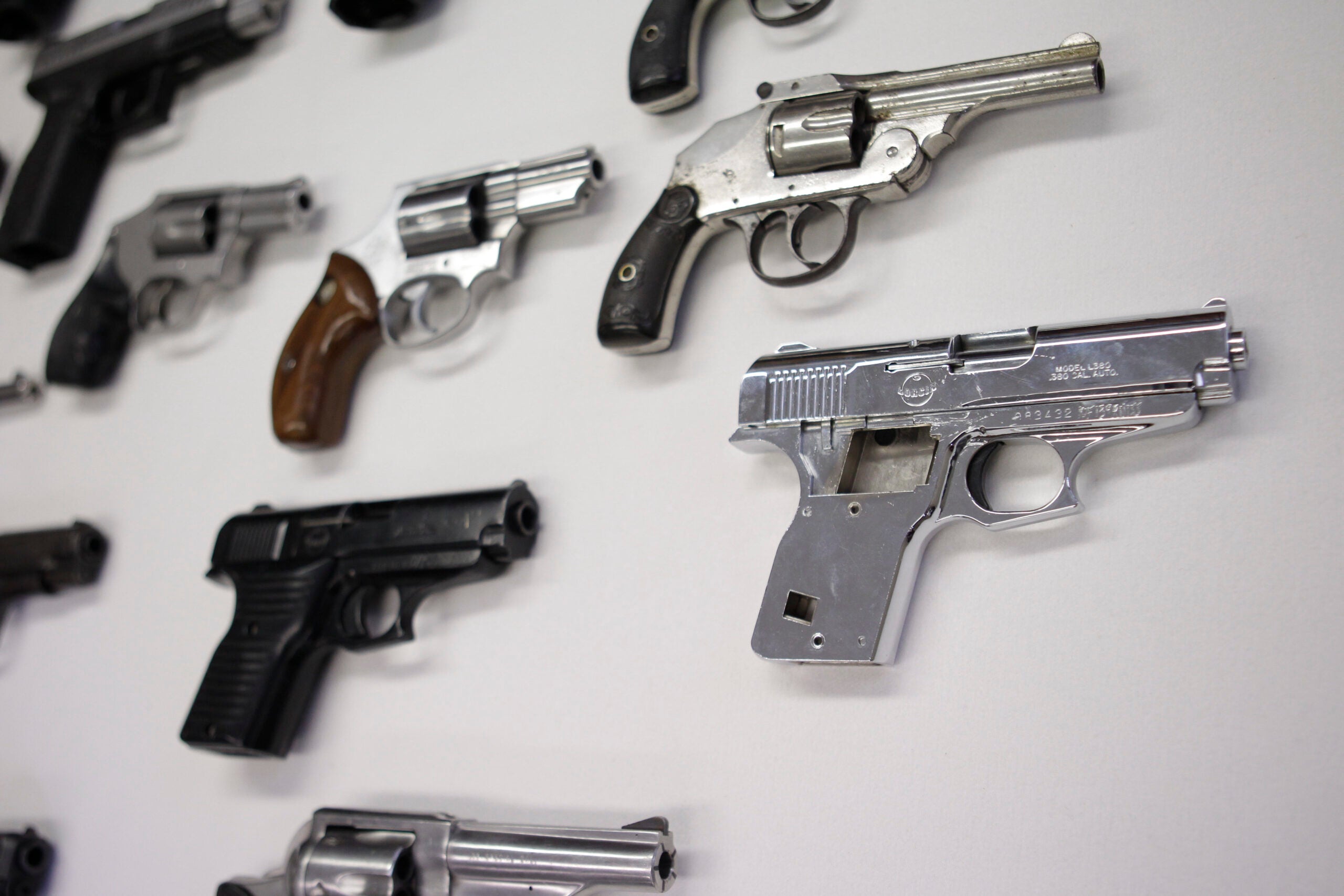Laporche Kimber’s son was shot and killed in Milwaukee in 2019 when he was just 18 years old. Now, Kimber runs a support group for children and families impacted by gun violence in the city.
In the last few weeks, several children have been shot in Milwaukee, leaving many in the community searching for answers. On Friday, Kimber gathered with local officials and leaders to call for an end to the violence.
“It’s draining to meet other mothers and fathers and sisters and brothers daily that have suffered the same type of trauma that I have suffered,” Kimber said.
News with a little more humanity
WPR’s “Wisconsin Today” newsletter keeps you connected to the state you love without feeling overwhelmed. No paywall. No agenda. No corporate filter.
Data from the Milwaukee Homicide Review Commission shows that in 2016, 8 percent of homicide and nonfatal shooting victims in Milwaukee were under the age of 17. So far this year, that number has increased to 14 percent.
The toll on younger victims has persisted even as Milwaukee’s homicide rate has been falling after hitting a record high last year, with the overall murder rate down 27 percent year-to-date compared to the same period in 2022.
Easy access to guns is contributing to kids’ deaths, according to police.
“No child should be carrying a firearm,” Milwaukee Police Chief Jeffrey Norman said.
In 2016, about 7 percent of suspects for non-fatal shootings and homicides crimes were under the age of 17, according to the commission. So far this year, that number is nearly 20 percent. Milwaukee County Sheriff Denita Ball said children are often getting guns from home or from other friends and then passing them to other people.
“And then they don’t know the importance of gun safety, because they shouldn’t have a gun. And as a result, they end up harming themselves or harming others,” Ball said.
Norman said the issue is often not firearm violence, but rather “firearm negligence.” He also said the issue can be linked back to stolen guns, so he urged the community to make sure their guns are locked and in a safe place.
“Parents, guardians, people who want to carry that responsibility of a firearm, be responsible,” Norman said.
Firearm related injuries to children have also increased in Milwaukee, according to statistics from Project Ujima, a Children’s Wisconsin and Medical College of Wisconsin partnership focused on reducing the number of children hurt by violence. Data from that project revealed in 2018, there were 55 gun related injuries to children reported to Project Ujima. Last year, that number increased to 137. There have been 82 gun related injuries to children reported so far this year, according to unofficial numbers from the project.
The number of children killed by gunfire in the United States also increased 50 percent between 2019 and 2021, according to a Pew Research Center analysis.
“Last year, firearms became the No. 1 reason for youth death in the United States,” said Dr. Michael Levas, a medical director with Project Ujima. “More kids die in Milwaukee, in Wisconsin and in the United States from firearm-related injury than die from cancer, than die from asthma, than die from heart disease, than die from motor vehicle crashes.”
Levas said he believes increased access to guns is a driving force behind the data.
“The amount of guns that are available in the general public is astronomical,” he said.
Children also tend to make more rash and quick decisions compared to adults, Levas said.
“If you add a firearm into that equation, very irrationally made decisions can result in a mortal wound,” he said.
Last year at this time, there were 15 juvenile homicides in Milwaukee, according to data from the Milwaukee Police Department. So far this year, there have been 14.
Norman called on the community — especially parents — to step up to help stop the issue.
“We cannot continue this unfortunate trajectory,” Norman said. “This is not a good pattern, this is not a good pathway that many of our youth are engaged in.”
At the start of the summer, Milwaukee leaders urged the city’s youth to participate in several programs and events to help keep kids off the streets during the summer months, a time when violence often increases in the city.
Boys & Girls Clubs of Milwaukee CEO Kathy Thornton-Bias called on parents and guardians in the city to continue to get youth involved in programming.
“Bring them somewhere, because where they are is not working,” she said. “Where you have left them, where they have decided to go, where they choose to go, is not working.”
Wisconsin Public Radio, © Copyright 2025, Board of Regents of the University of Wisconsin System and Wisconsin Educational Communications Board.

